German cameramaker Ihagee is mostly known for the Exakta cameras. Johan Steenbergen, a Dutch merchant, established the company (Industrie- und Handelsgesellschaft) in 1912. Steenbergen had previously been trained at Ernemann in Dresden. The German camera manufacturer gained much fame for its 35 mm SLR cameras. But before that their medium format cameras were succesfull as well. The most curious camera is the little Parvola.
Initially, Ihagee produced traditional folding rollfilm and plate cameras. However, by 1918, the company, along with the entire German economy, was facing severe financial difficulties and had to undergo liquidation and reestablishment. Nonetheless, by 1925, Ihagee had managed to boost its camera production to 1,000 rollfilm cameras daily!



In 1933, Ihagee unveiled the famous Exakta A, a single lens reflex camera that received a very positive response from the public. The Exakta A utilized 127 film and captured 3×6.5cm images. The Exakta (series) turned out to be a huge triumph for Ihagee. In 1936 Ihagee launched the Kine Exakta, the first SLR to capture photos on 35mm film and was designed as a system camera right from the outset, providing interchangeable lenses, finders, microscope adapters, and plate film backs.
Following their interesting history, Ihagee stopped camera production because of the outbreak of World War II in 1940. After the war, the Ihagee production facilities were situated within the Soviet occupation zone. In 1945, the original Dresden plant resumed camera manufacturing where Ihagee held a unique position in East Germany unlike other German camera manufacturers that were being nationalized into VEB Zeiss Ikon/Pentacon, Ihagee was allowed to function independently because it was Dutch-owned. East German officials were wary of harming international relationships, and thus they did not interfere with Ihagee’s autonomy. In 1950, Exakta introduced the Varex or V model. The Exakta Varex series featured interchangeable pentaprisms, and later versions were even metered. These cameras were renowned for their exceptional quality and were even used by a professional photographer in Alfred Hitchcock’s Rear Window (1954). We have also a review on the beautiful Varex.
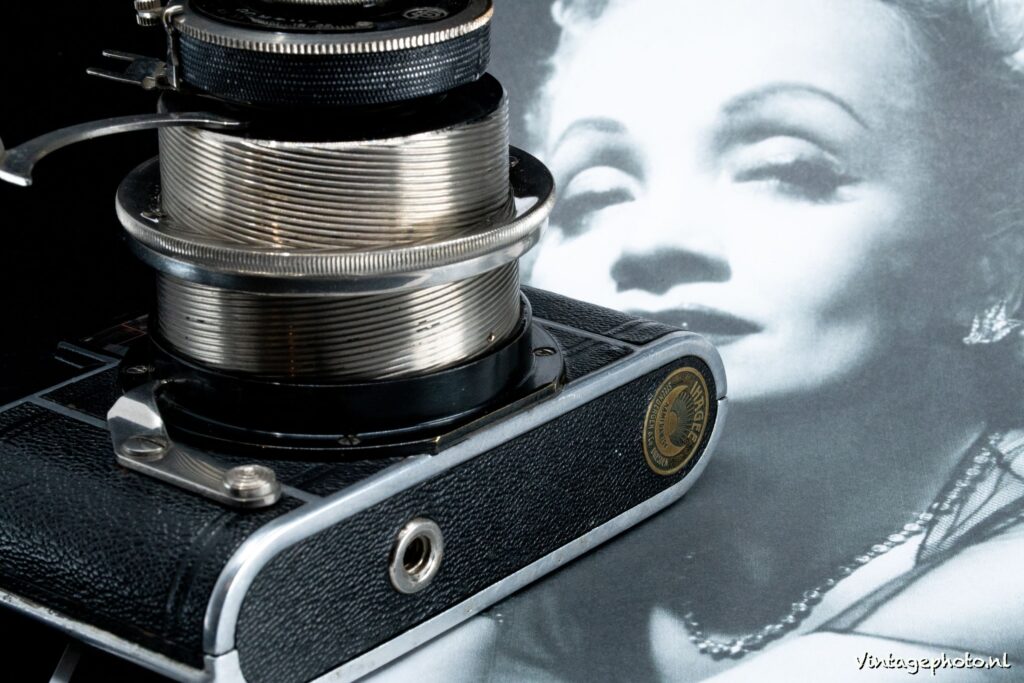

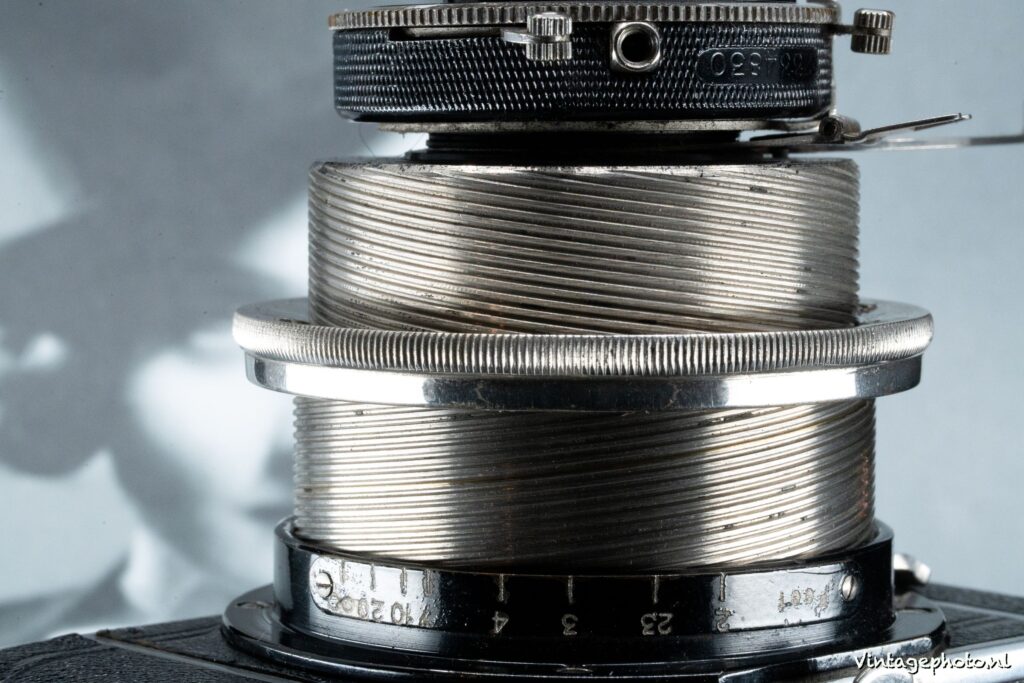
Ihagee of Dresden produced a line of self-unfolding roll film cameras called the Ultrix in 1930 and 1931. Two versions of the Ultrix exist: a smaller model that captures 4.5 x 6cm images on 127 film, and a larger, dual-format camera that accepts 120 film or 6.5 x 9cm glass plate backs, and can take 6 x 9cm photographs or 4.5 x 6cm with an insertable mask. The name of this camera is the Ihagee Zweiformat (double format) Auto-Ultrix.
In 1931 also the Ihagee Parvola shown here was launched from Dresden, but it became more rare as it was called the mini or small ultrix because of its compactness and the 127 film roll. The aim was to make a practical medium format camera. The Parvola’s helical barrel design enables quick setup and adjustment of aperture and shutter speeds without obstruction from a lensboard. Additionally, the lens barrel can be locked at infinity when extended, with a metal release for closer focusing.
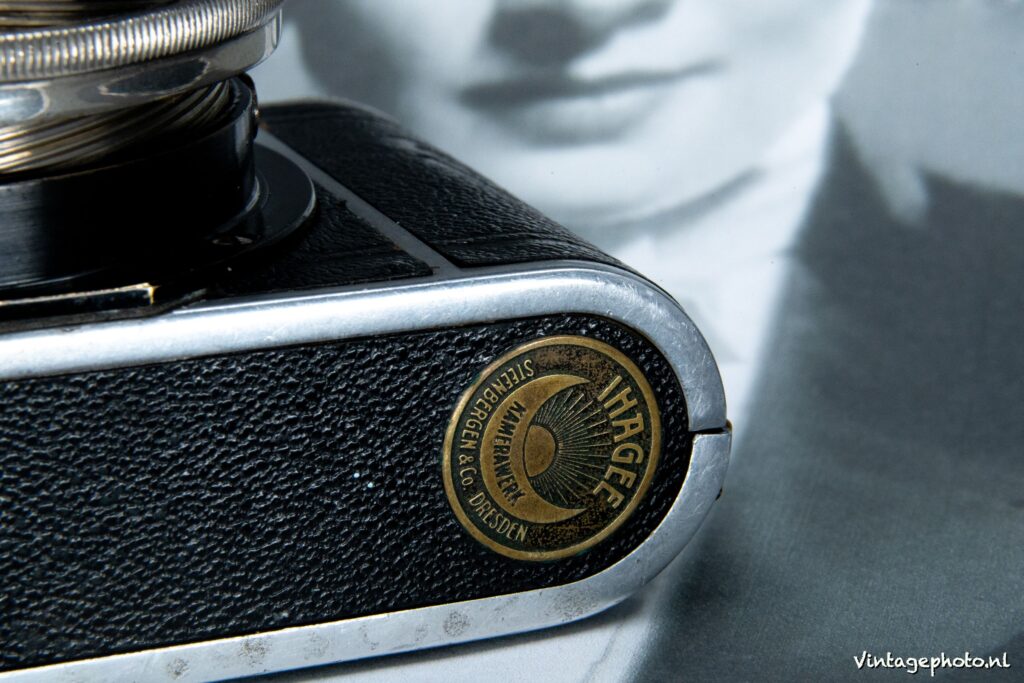


The camera is minimalist yet intriguing. This is mainly due to the helical barrel, a unique design where the distance of the lens is adjusted by a sort of large screw. You can clearly see the threads appear prominently when focusing. You first turn the lens to infinity, after which the barrel clicks in place. Then you can unlock the barrel by moving the lever along the lens outward, and by using the red marking, you can also use closer distances, up to a minimum of about 60 cm. On top of the camera is the sport finder, a small finder for the 6×4.5 format with a red cross, possibly intended for levelling the camera. To the left of the viewfinder is the film rewind knob, and the numbers of the negatives can be tracked through the red viewing window on the back of the camera. At the front of the camera is the lens, in this case an Anastigmatic F4.5/70mm lens. The lens is mounted in a Compur shutter with speeds of T and B up to a respectable 1/300s for that time. The aperture setting is also done on the Compur with values ranging from F4.5 to F22. The shutter has a connection for a cable release, and also convenient is the metal stand that can be pulled out along the lens to place it vertically on a table.

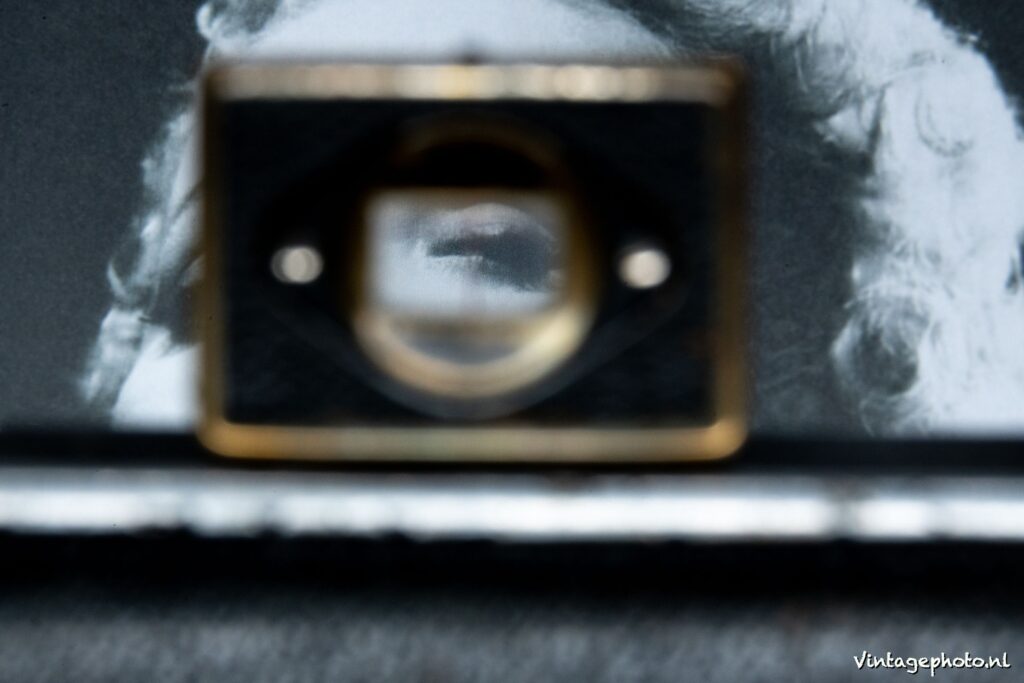
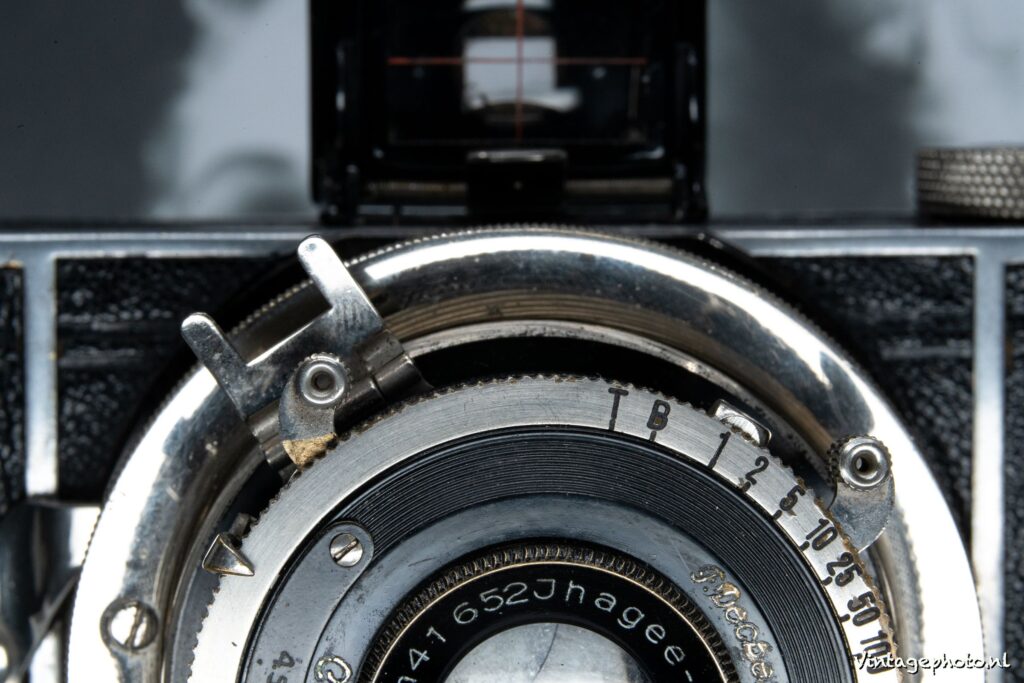
The camera uses the Kodak “127” fim from in 1912. It has a width of 46mm, which places it between the 35mm and 120 “medium format” films in terms of size. The typical image format used is a square measuring 4 cm × 4 cm, but rectangular 4 cm × 3 cm and 4 cm × 6 cm are also considered standard. While it was widely popular until the 1960s, its usage declined with the advent of newer, cartridge-based films. Despite this, it still exists as a niche format and is still being produced as of 2020 and also available in 2023. The camera is relatively rare and completes any beautiful collection of vintage cameras due to its unique helical barrel. Additionally, since the film is still easily available, it is not only a collectible but can also be actively used as a very small, compact medium format camera, and it can hardly be more compact than with the Pervola. And yes, despite its age, there is still a manual available at Mike Butkus’ place.
The Parvola has a sturdy finish and a slim design. A camera more than 90 years old that still performs because of the rock-solid compur shutter (which needed a few tiny drops of lighter fluid to make even the slowest times go again…). And the medium format 6×4.5 can easily compete as high quality film, at least sharper than 135 film. It could hardly be more practical.

